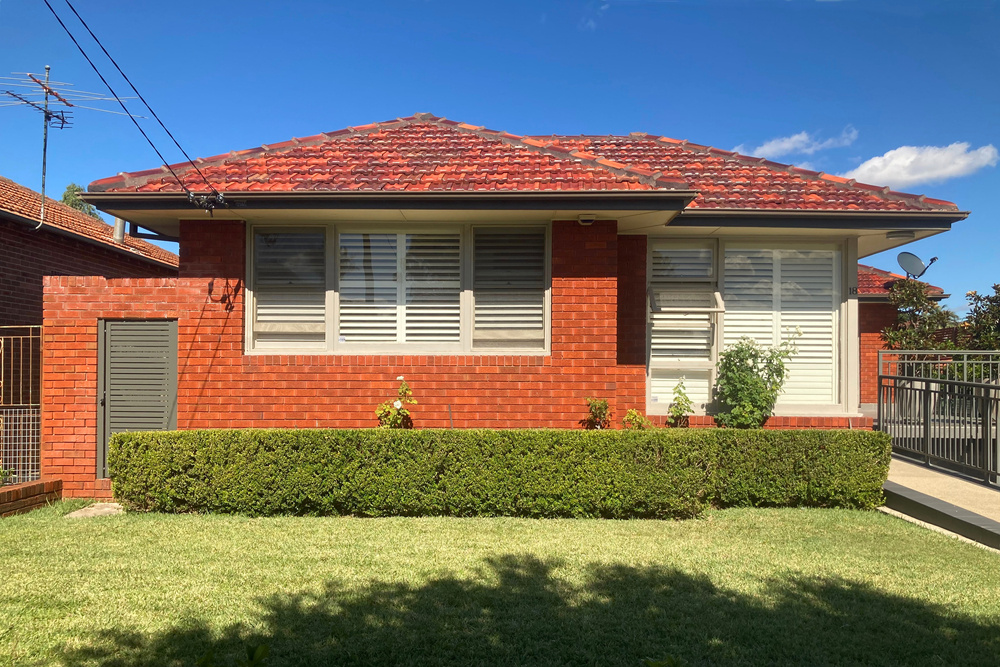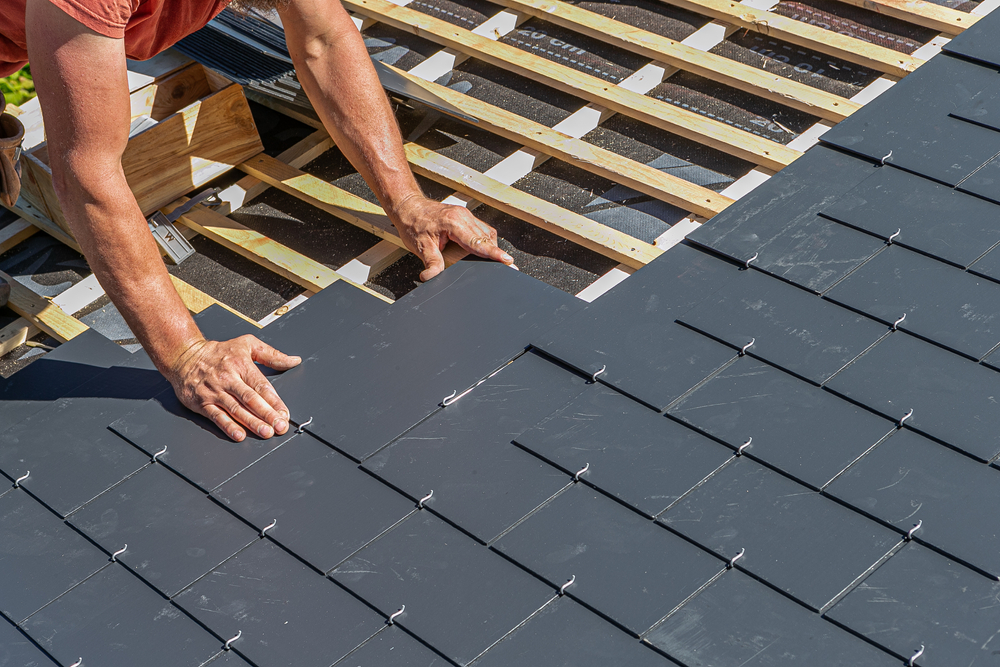
Jul
Natural vs. Synthetic Slate Roofing
Whether you’re restoring a heritage home or building a sleek new residence, slate roofing offers timeless appeal. But not all slate is created equal. Today, homeowners can choose between natural slate roofing and synthetic slate roof tiles, each with its own strengths, limitations, and style.
So, what is slate tile made of? Natural slate is a fine-grained metamorphic rock formed over millions of years, split into thin tiles and laid by hand. In contrast, synthetic slate roofing materials are engineered from polymers, recycled rubber, or composites to mimic the look of natural stone.
Let’s break down the key differences between each option to help you decide which is right for your roof.
Appearance
Natural slate roof tiles have one-of-a-kind colour variation and texture. No two pieces are exactly alike, and over time, they develop a patina that adds character. The variation in tone, texture, and organic imperfections make them a favourite for heritage-style homes and architectural purists.
Synthetic slate shingles, on the other hand, are made using moulds of real slate, with modern manufacturing techniques that replicate stone grain, colour gradients, and edge irregularities surprisingly well. While older versions may have looked too uniform or “plastic,” the latest products are impressively realistic, often indistinguishable from real slate from street level.
Weight and Structural Impact
This is where the difference becomes more than skin-deep. Natural slate is heavy. A typical natural slate roof weighs several times more than an asphalt or synthetic alternative. If your home wasn’t originally designed to handle that weight, structural reinforcement is often needed before installation, an added cost you’ll need to factor in.
Synthetic slate roof tiles, by contrast, are lightweight and easy to handle. They can be installed on most standard roof frames without reinforcement, making them ideal for renovations or new builds where budget or load-bearing capacity is a concern.
Durability and Lifespan
When it comes to longevity, natural slate roofing is the gold standard. High-quality slate can last anywhere from 75 to over 150 years, depending on the climate and maintenance. Some European slate roofs have lasted more than 200 years. It's fire-resistant, impervious to mould and insects, and handles extreme weather with ease, especially hard-grade slate.
So, how long does a slate roof last if it's synthetic? Most synthetic slate shingles come with 40- to 75-year warranties. They’re built to resist UV rays, impact, and moisture, and many products are also fire-rated and impact-rated. While not as long-lived as natural stone, their performance is more than adequate for most homeowners, especially when you consider the ease of replacement and lower upfront cost.
Installation Considerations
Installing natural slate is a highly skilled job. Roofers need specialised training to cut and lay tiles correctly, and the process can be time-consuming. It also requires specific underlays, copper or stainless steel fasteners, and occasionally, batten systems to manage the weight and moisture control.
Synthetic slate roofing, by contrast, is faster and easier to install. It can be nailed or screwed down like asphalt shingles, often without special tools or reinforcements. That makes labour faster and cheaper, and a much easier path to the “slate look” without the complications of a traditional installation.
Cost: Upfront and Over Time
Cost is where the choice often becomes clear. Natural slate roof tiles are one of the most expensive roofing materials on the market, both in terms of material and labour. Transporting heavy stone, hiring specialist installers, and possibly reinforcing your roof can all drive up the budget.
Synthetic slate roofing offers a lower-cost entry point, with material prices often half that of natural slate, plus shorter installation times and fewer structural modifications. However, it may require repair, replacement or maintenance sooner, so it’s not always the cheapest solution in the long term. Still, for homeowners who want the beauty of slate without the eye-watering price tag, synthetic offers excellent value.
Common Assumptions, Debunked
It’s easy to fall into the trap of assuming natural is always better, or synthetic always looks fake, but that’s no longer true. High-end synthetic slate roof tiles can look incredibly authentic and perform well in harsh climates. On the flip side, not all natural slate is equal, as softer grades can be brittle or prone to delamination.
It’s also not true that you can only use natural slate on luxury homes. With the right roof structure and budget, it’s accessible to more builds than you might think.
How to Choose the Right Slate Roof
So, which one is right for you?
- Choose natural slate if you’re building a long-term residence, restoring a period home, or want to invest in a roof that could outlast the house itself. You’ll get unmatched authenticity and value over time, if you’re prepared for the upfront cost and structural requirements.
- Choose synthetic slate roofing if your budget is tighter, your roof structure can’t handle heavy loads, or you want a low-maintenance solution that still looks premium. It’s also ideal for regions prone to hail, cyclones, or fire, just make sure to choose products with appropriate ratings.
- Consider your local climate too. Natural slate excels in cool and temperate climates but can crack with rapid freeze-thaw cycles unless it’s top-grade. Synthetic versions often perform better in extreme conditions and don’t absorb moisture the same way.
- Think about your home’s design. Natural slate pairs beautifully with traditional architecture, while synthetic gives you more colour and style flexibility, great for contemporary homes aiming for a slate aesthetic.
Final Thoughts
Whether you lean toward the rugged elegance of natural slate or the modern performance of synthetic slate roof tiles, both choices can add serious visual impact and value to your home. The best option depends on your goals, your budget, and your willingness to commit to either longevity or convenience.
If you’re still unsure, talk to a roofing expert who can assess your existing structure and show you samples of each type. When it comes to roofing, especially slate, the right decision isn’t just about looks; it’s about the legacy you want to build overhead.



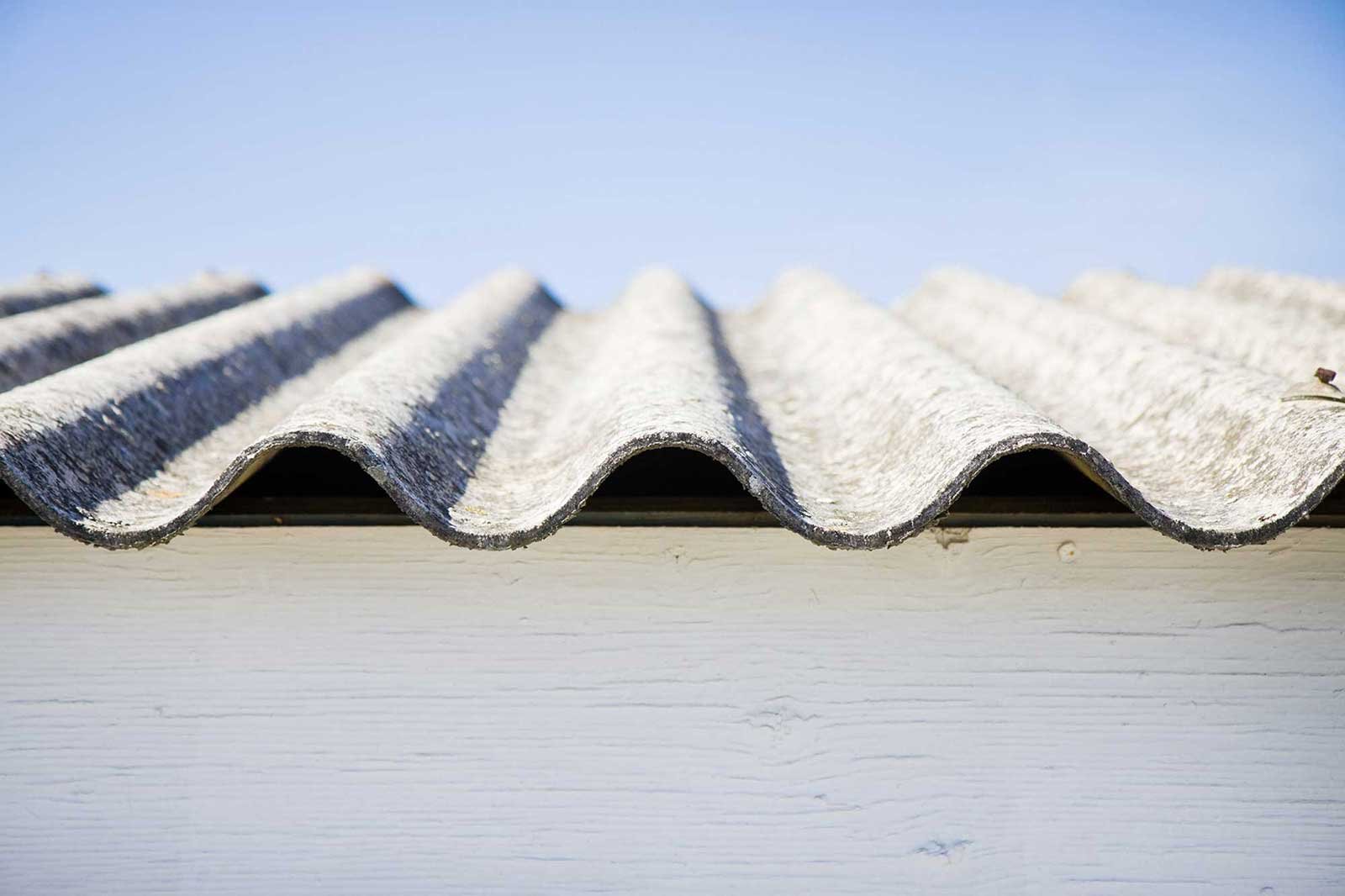




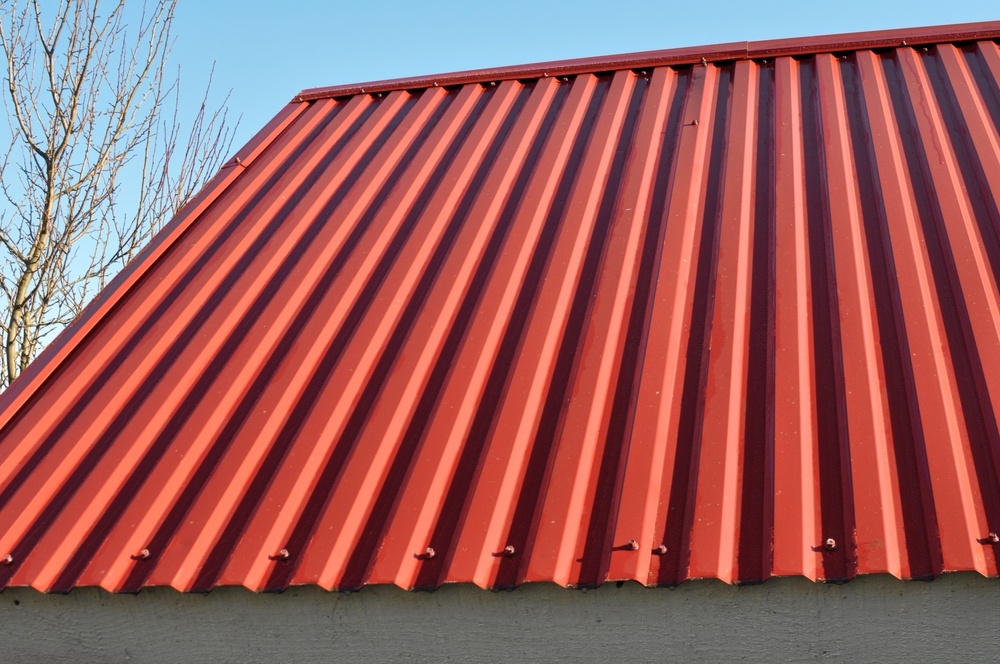
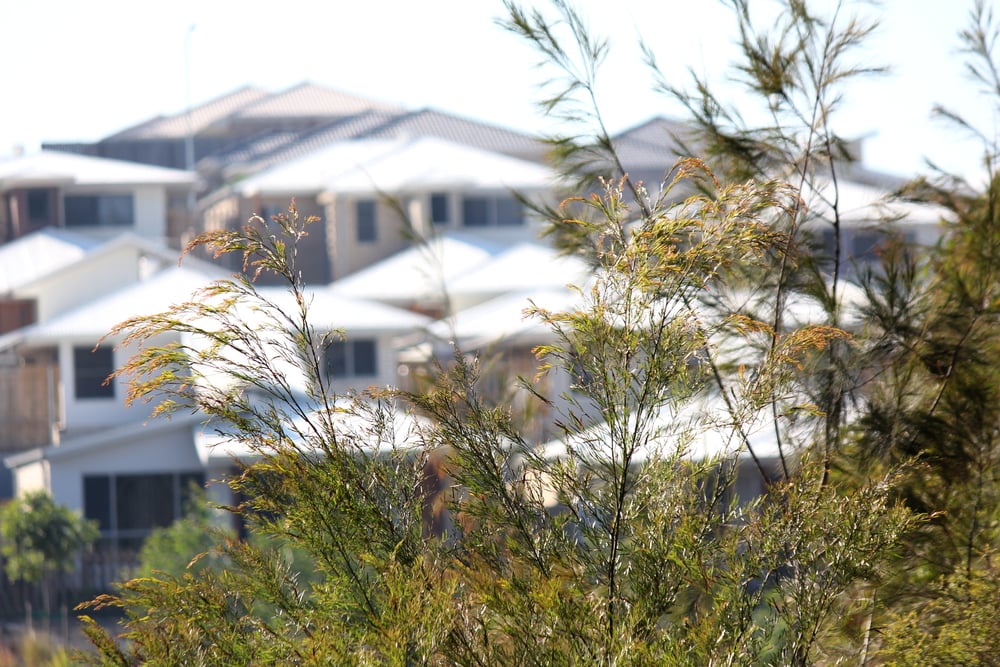

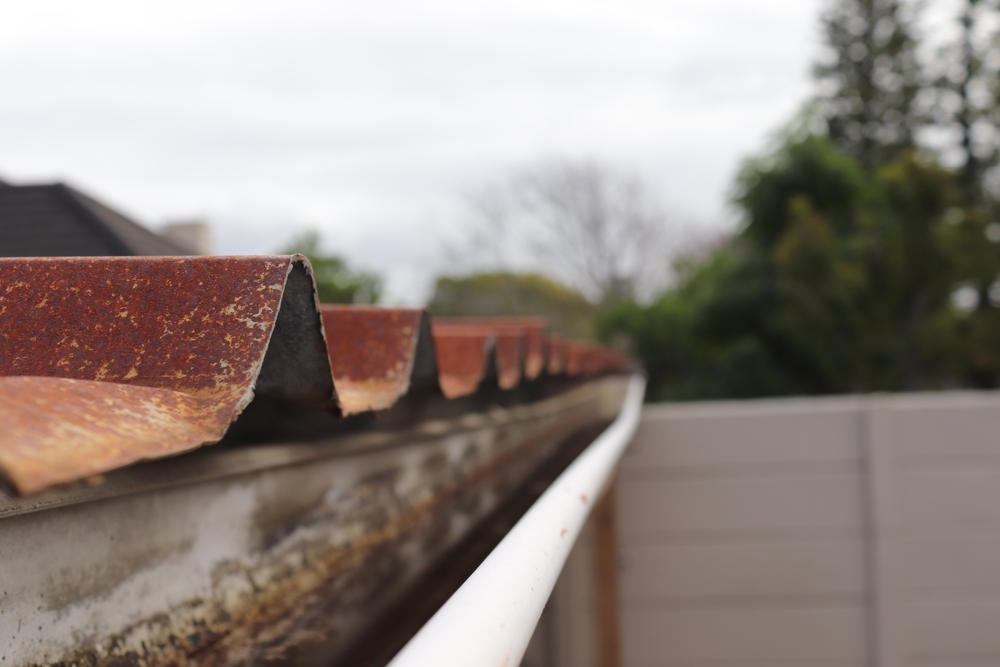
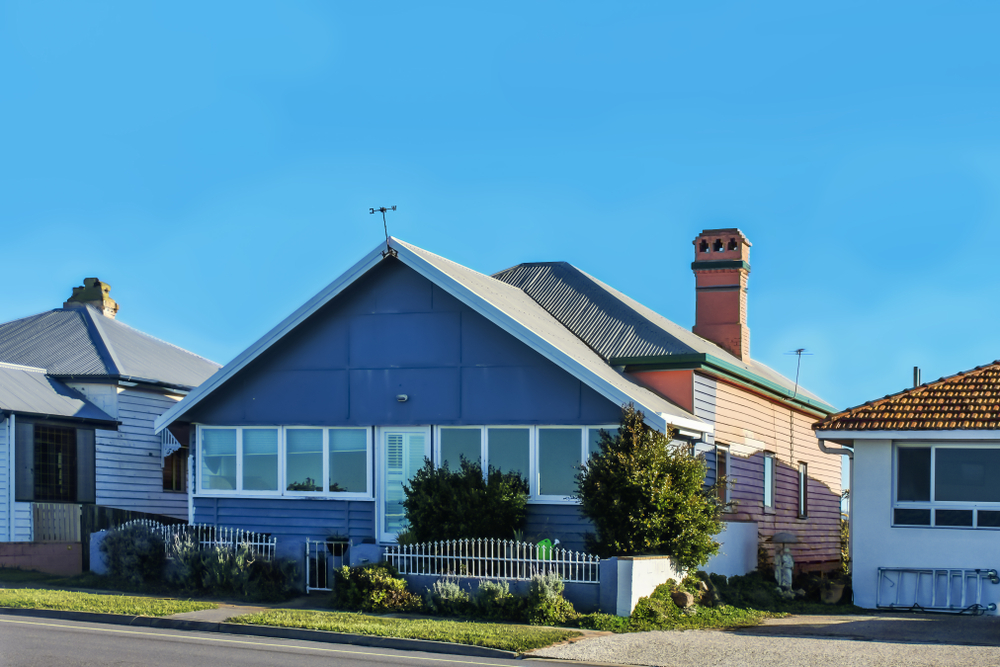
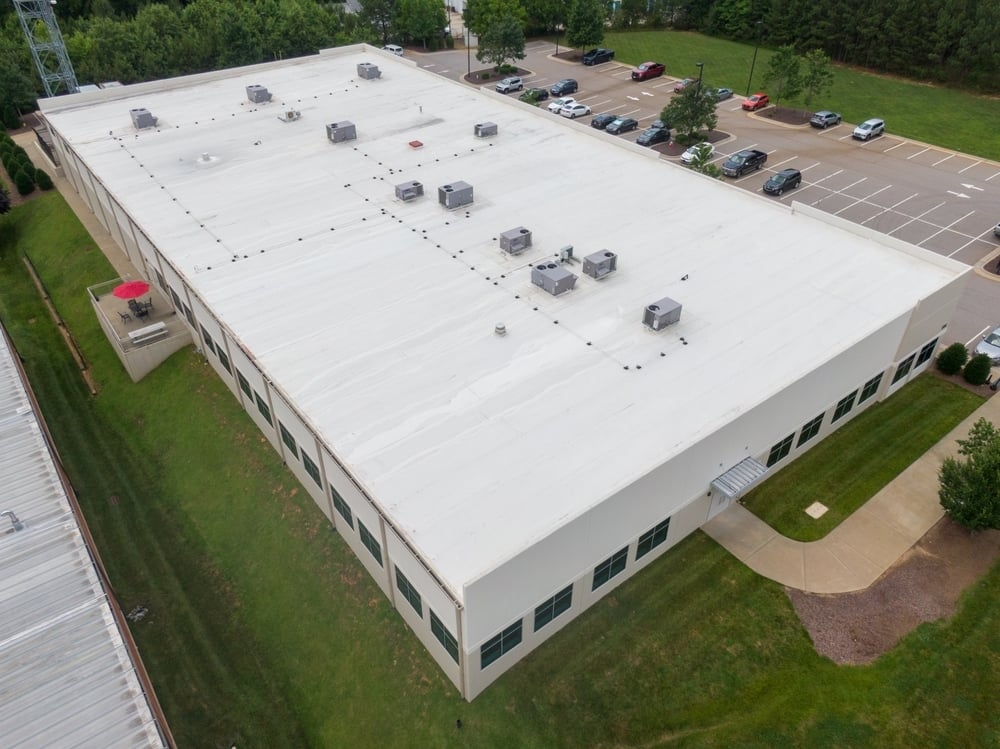
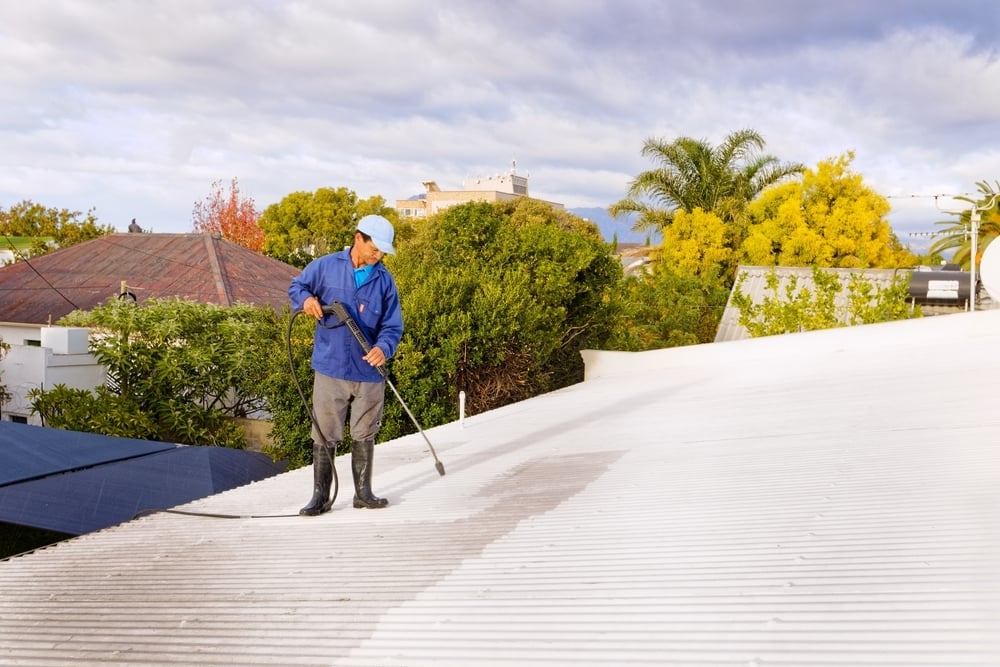
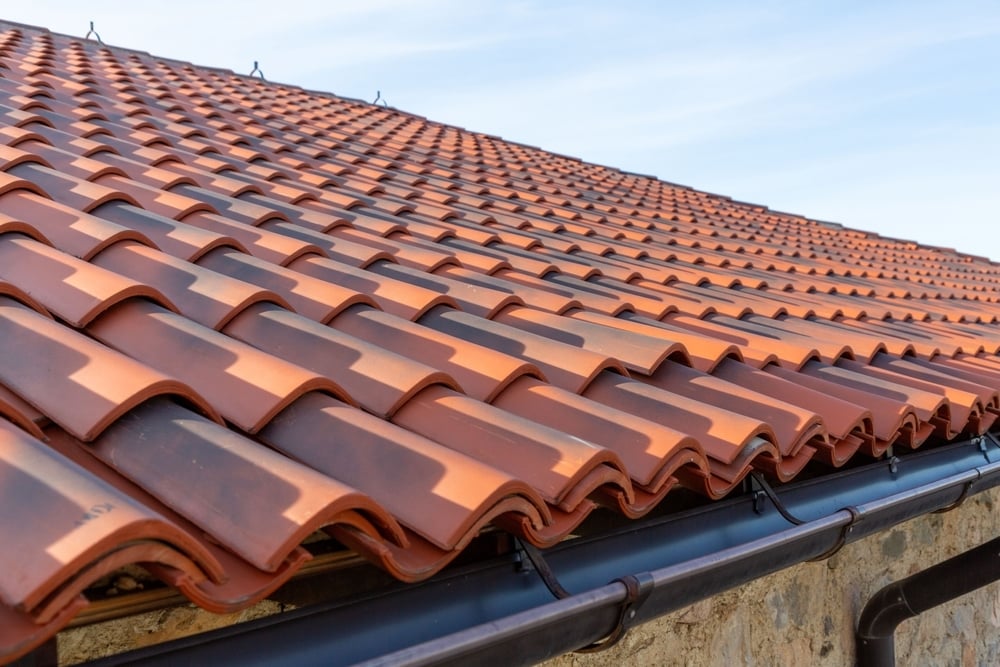
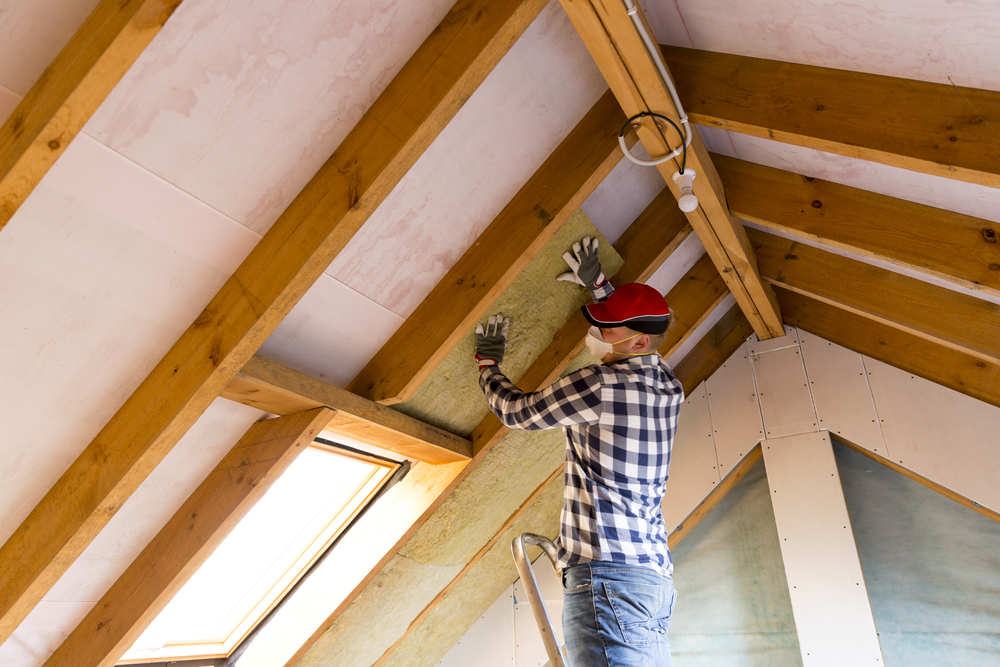
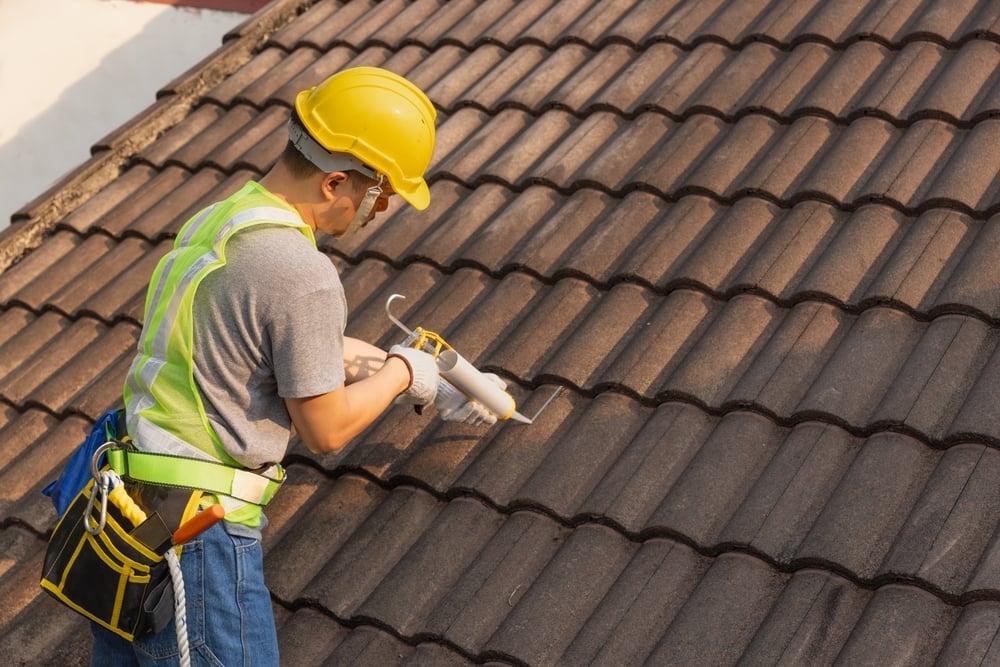
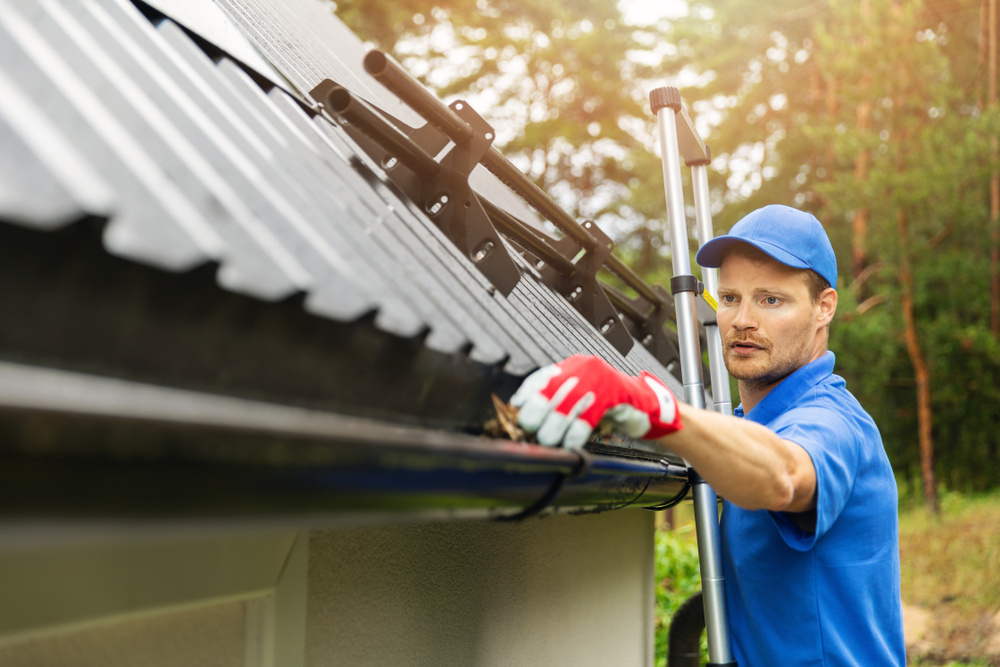

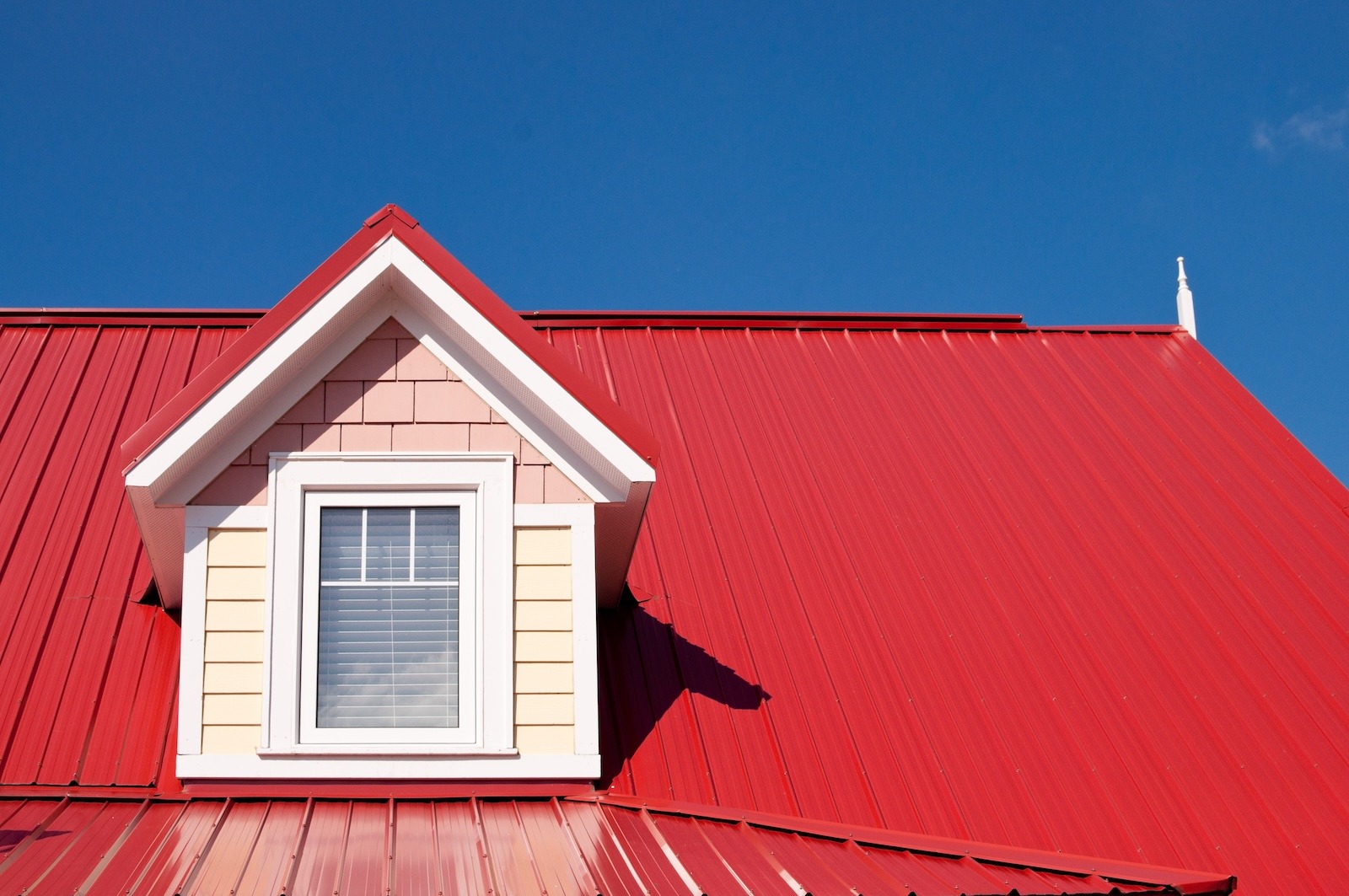
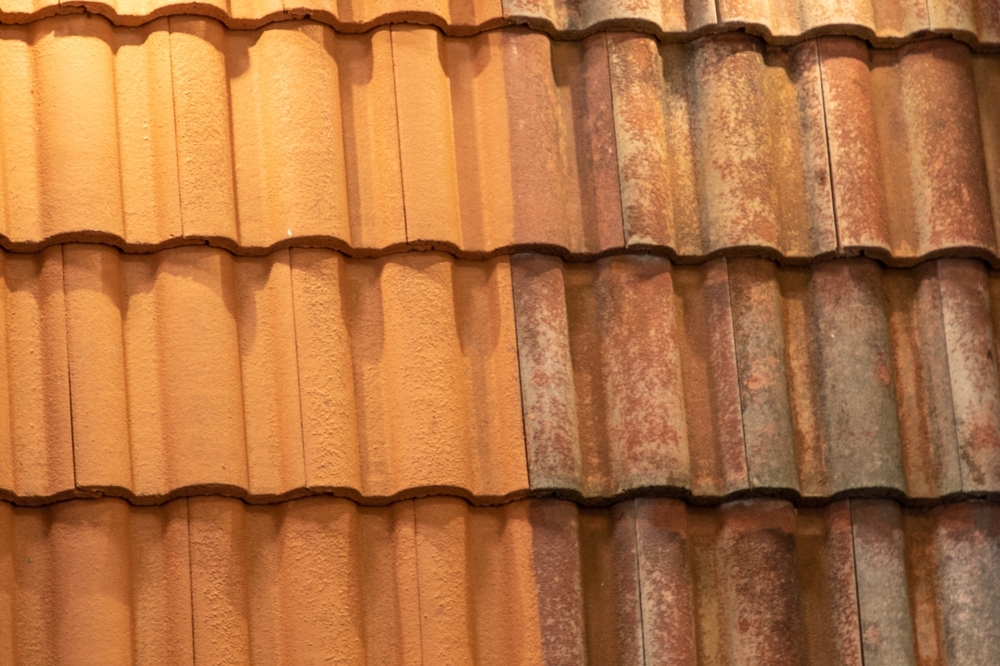
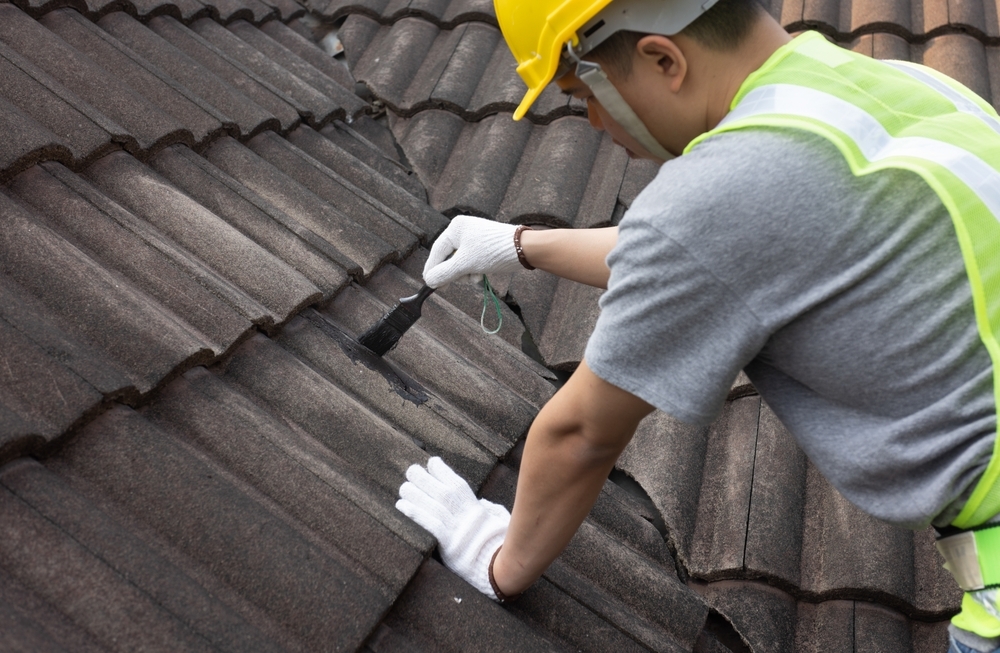
.jpg)
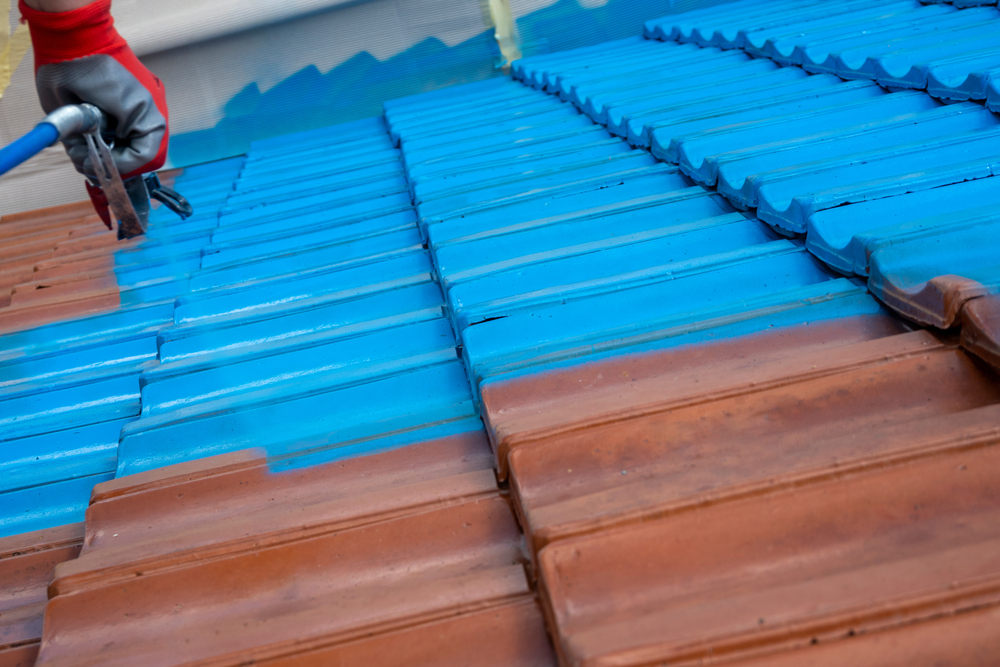
.jpg)
